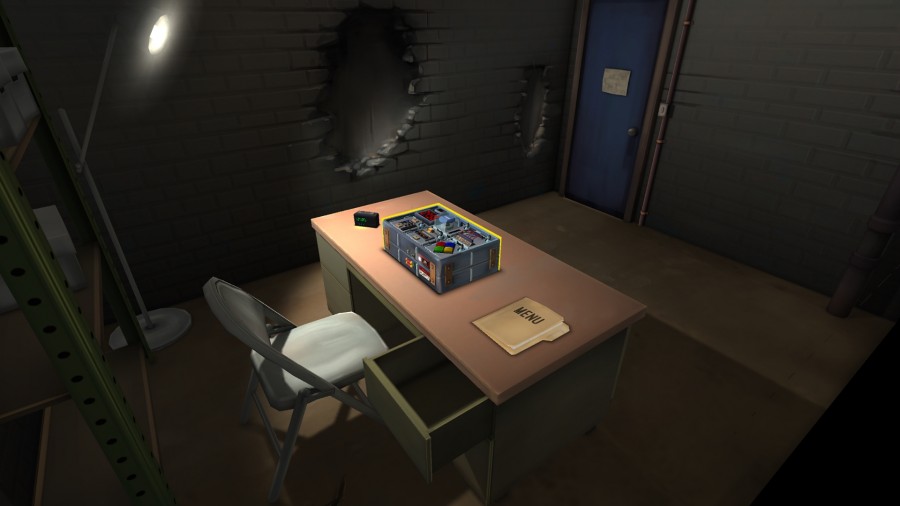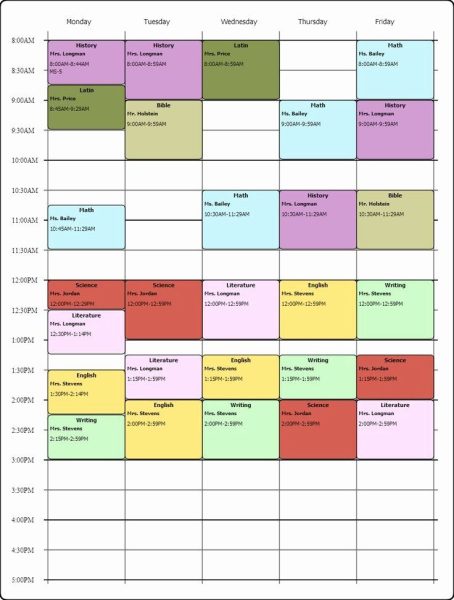EVA’S EVALS: Tick, tick, boom! The benefits of (pretend) explosions in your living room
Inviting friends over for a gaming session is one classic way to spend an evening. First-person shooters, brawlers, and kart racers have been standard party fare for a while now alongside 2-liter soda bottles and family-sized Dorito bags. Nearly all of these couch classics feature a competitive aspect, where each match is peppered with friendly (or not-so-friendly) trash talk. But consider: what might a game that encourages teamwork be like? Could we find a game that requires good communication and meta skills (without being a pretty daunting MMO)?
A new potential party game caught my attention recently because it encourages players to do just that — that is, do more than just memorize mechanics. I’m talking about Keep Talking and Nobody Explodes, a 2015 release by Steel Crate Games. One player — the one holding the controller or mouse — is planted in front of a cartoonish virtual bomb with random switches, wires, and puzzles. The other player(s) have their backs turned to the screen and a 23-page bomb defusal manual. The players must communicate impeccably to defuse the bomb. On expert levels, one mistake means insta-death, and disabling each module is a race against the clock.
Not only is this kind of high-stress collaborative game experience fairly unique, but this one relies on much more than the typical Player One and Player Two dynamic where one experienced person can carry a campaign. It’s all about perfect harmony between the defuser and the experts. On high difficulty levels (and with enough participants), the game begins to sound like a military command center.
I think that Keep Talking and Nobody Explodes is incredibly cool, mainly because it puts seasoned and newbie gamers alike into a position they’re not necessarily used to — a position in which they must communicate verbally, with both specificity and efficiency. The game may, for example, show three insidiously placed buttons with the words “your,” “ur,” and “you’re” to trip up the teams. These tongue-twisting challenges really stretch the brain, and in everyday life, good communication is aways useful (yes, more useful than hand-eye coordination). Here’s to more games that keep that ability sharp.
Now go cut the blue and red wire. No, not one blue wire and one red wire, just the single wire striped with both colors! Seriously, wait—
Well, I guess my skills could use some work.
Your donation will support the student journalists of Omaha Westside High School. Your contribution will allow us to purchase equipment and cover our annual website hosting costs.







